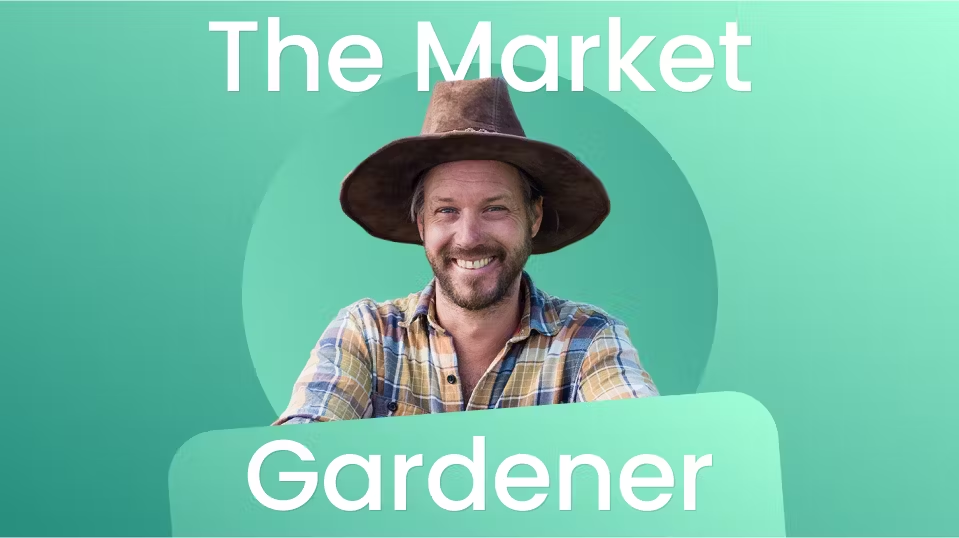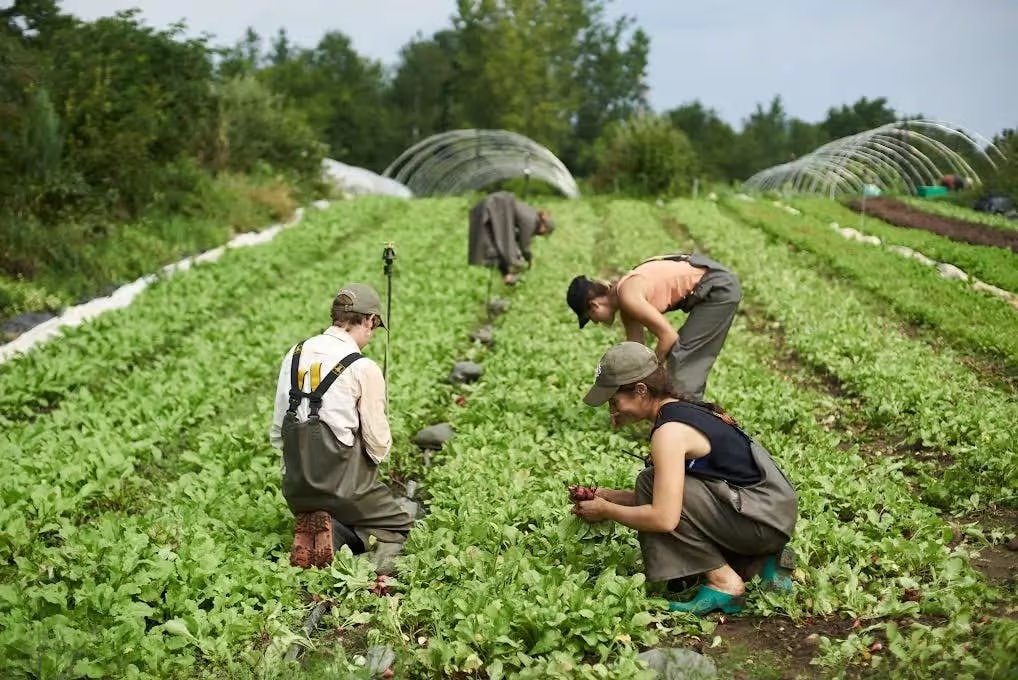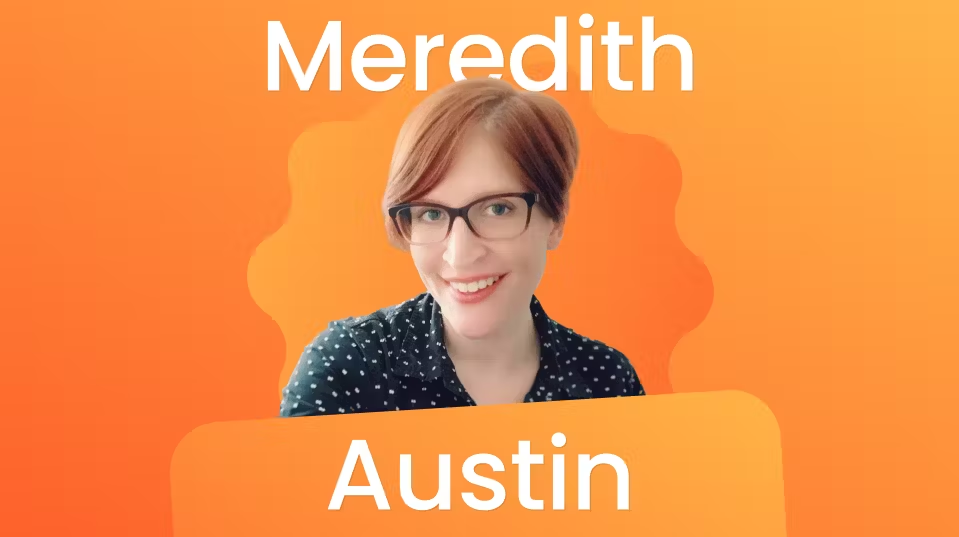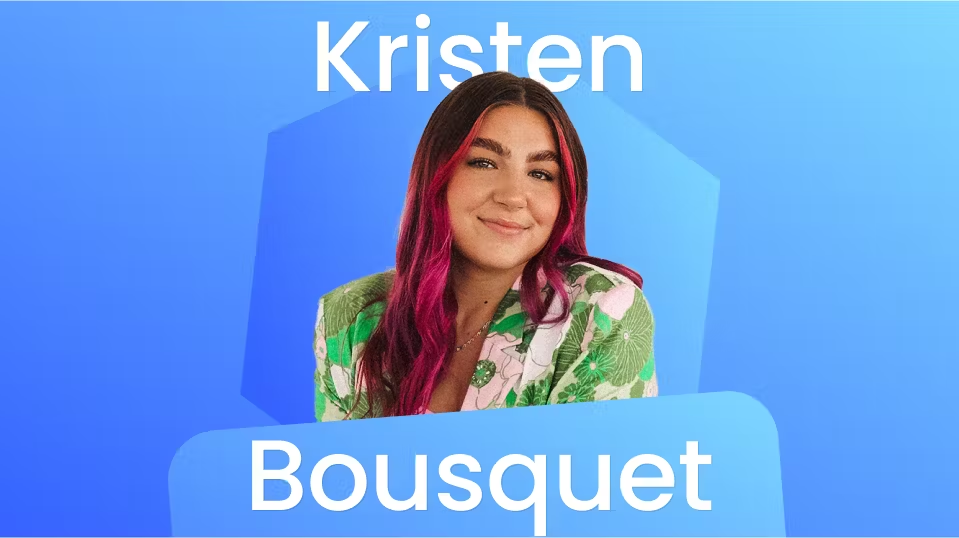9 Ways The Market Gardener Institute Gained an International Audience

The Market Gardener Institute is on a mission to help people learn organic farming and become successful market gardeners.
The online institute started in Quebec and was founded by Jean-Martin Fortier, an organic farmer who is considered a trail-blazer in the field of human-scale regenerative agriculture. He has dedicated his life to spreading the message of sustainable agriculture via his online course business, which now reaches learners in over 90 countries around the world.
The flagship course, The Market Gardener Masterclass, was launched in 2017 — five years after Fortier wrote his book, The Market Gardener, which has since been published in nine (soon to be 10) languages and sold over 230,000 copies.
Fortier decided to turn the book’s principles into a course to reach even more people. He took five years to record every technique used in the book for more than 45 vegetables and, when the course first launched, 600 learners subscribed. Now, the team has added seven more courses to its site, reaching more than 7,000 learners worldwide.
Thinkific sat down with Frédéric Senez, the institute’s VP of partner relationships, to learn the story of how The Market Gardener has created an international audience and helped learners to grow food in a responsible way at a human scale, without the use of machinery and chemical products.
They built audience personas
The institute expanded organically until 2021, when they went from having one course to eight —all delivered on Thinkific. A big part of this growth was due to having the right team; 10 people were hired to help structure and create the sustainable business model that would help market gardeners get interested in the course.
In order to expand their business, the team sought to better understand their audience. Together, they defined three audience personas: the young generation between 16 to 25; those between the ages of 25 to 45 who farm for a living; and those that are in a career transition—typically between 35 to 55—who are now buying a farm to grow food for their community.
“We put a lot of time into understanding our customer lifecycles for each of our audiences,” explains Senez. “They’re not the same and they don’t have the same goals and needs.”
“The worst thing you can do is propose the wrong content to the wrong audience. You’ll lose your audience, and it takes five to seven times more energy to regain someone that you’ve lost than it is to initially onboard them and maintain and nurture the relationship.”
In developing a deep understanding of their audience, they delivered their course accordingly;
Most of the course content is in a written and video format, where learners also have the ability to put their headphones in and listen to the content while working in the field. Further, in two of their courses, including The Market Gardener Masterclass and the The Flower Farm courses, they use a cohort model. This allows them to mix in live components into the program so that learners have the chance to ask questions and engage with others. The rest of the courses run in an evergreen style.

After learners go through a course, they’re suggested another based on what the team thinks would be valuable to them.
They were intentional about reaching an international audience
The institute’s team was intentional in creating an international marketing strategy. Senez advises that other creators approach the task with the same intentionality. “Most online companies want to target everyone—internationally,” explains Senez. “The reality is that for many countries, there are cultural considerations that can’t be ignored. We had to make sure that we understood those cultures and could find partners in those places to support us.”
He calls these cultural considerations ‘agricultural realities.’
“Based on where you are in the world, some vegetables won’t grow, even if principles and techniques are often universal,” explains Senez.
They also pay attention to their use of language. “We are careful about how we speak about profitability, managing teams, designing one’s farm, and the available resources from local governments that are made available to support small-scale farming—as every country is different in this way,” he continues. “Even the type of questions that learners ask tell us that they’re going through a different reality—sometimes even in the same country.”
For example, those in the northern versus southern US experience vastly different realities. “Nature doesn’t express itself the same way everywhere,” he says. “In some regions they have fire seasons, and in others flooding seasons. This has a direct impact on agriculture. The weather is probably the biggest ally to take into account for farmers around the world.”
While the company organically grew in 91 counties, it’s focused on their biggest market, which spans a few key regions: Canada and the US, West and Central Europe, Australia and New Zealand. One of the team’s challenges in creating their international strategy was agreeing on how they would use English and French in their content, since they’re based out of Quebec. “We treat language very seriously,’ he says. “Obviously English is an international language, but we still want to support French-speaking communities in places like France, Belgium, Switzerland, parts of Africa, and Canada.”
They tested their efforts close to home
When asked how other creators can be intentional in reaching an international audience, Senez recommends that they start close to home. “Test your communication close to home to see if it’s resonating with your audience, and whether or not your product and services are being adopted,” he advises.
Starting small gives people the chance to overcome small problems before focusing on a more global audience, according to Senez.
“Early adopters will help you to push your boundaries and think about things that you obviously never thought about. We’ve made a lot of corrections on Thinkific in the way that we deliver our content based on our community’s feedback.”
They created strategic partnerships
Once creators expand to their international audience, it becomes important to partner with other entities who have the same values, according to Senez.
In The Market Gardener’s case, the team created partnerships with schools, municipalities, equipment suppliers, non profit organizations and other associations that are directly involved with organic farming. “We want to do more with private and public institutions around the world to make educational content accessible to everyone,” shares Senez.
They support many of their partners using Thinkific’s affiliate features, which allows them to scale. They have over 150 partners with whom they’re working with every day in different ways.
“We aren’t alone in this journey and we never want to be,” says Senez. “We want to collaborate with other individuals that are sharing the same philosophies as us and are in countries where we aren’t so that we can be stronger together.”
They were mindful about what technology they chose
In terms of technology, Senez says that the institute was lucky to find Thinkific—especially since the platform integrates with other software that they use, like Active Campaign, Stripe and Circle.
“Thinkific allowed us to further develop—especially in terms of scalability and content packaging for our audience—otherwise we would have potentially had a different story,” he says.
Senez likens the process of choosing technology similar to working with plants.
“Plants represent a phase of adaptation,” he explains. “They’re resilient, but if you change their environment too quickly, this can trigger a chain of effects which very often can be extreme: Either they grow like they’ve never grown before, or they die overnight.”
“I would dare to make the same comparison with technology,” he continues, “where certain technology can suffocate your company; either because you misuse it or because the cost is above your budget capacities.”
They used each social media platform differently
In order to position themselves as a leader in market gardening education, the team strategically used social media to get the word out.
They mostly lean on Facebook, YouTube, and Instagram—and have recently introduced TikTok. Further, they’re soon launching a podcast, which Senez says will allow them to collaborate with more experts from other organizations to better support the international movement around food security, eating well, and supporting one another.
His team uses a different audience for each social media platform, since each audience differs slightly. He uses Facebook for sharing news, events or thought leadership, Instagram for sharing quick stories and inspiration, YouTube for sharing longer format knowledge correlated to their books and courses, and TikTok to share short videos.
Senez recommends that course creators really understand their audience when creating their social media strategy. Having a deep sense of who they are as people and what they’re looking for can help to create the most targeted. Then, he suggests creators encourage their audience to participate in the journey.
“Don’t just post things on social media with no calls to actions,” says Senez. “Offer a small survey or have them give their opinion on something. This will help create rich conversations, give you diversified content and often a better understanding about various phenomena.”
He also recommends that they talk about things beyond their courses—for example, their team often talks about topics like farmers’ mental health and selling produce, as these are two important topics in the community.
They focused on sales without being ‘salesy’
According to Senez, when someone is interested in one of the institute’s courses, they will either join a free workshop, their newsletter or visit their website. Depending on their interest, the team will either suggest a book or a course that aligns with what they believe they’re looking for.
“It’s no more sophisticated than that,” he says. “We pay close attention to what we offer to our audience according to where they are in their journey. We are very mindful of their user experience.”
“In times of financial difficulty or overwhelm, education is often the first thing that people are going to cut,” he continues. “We’re trying to help people prioritize education in our customer cycle by guiding them to the logical steps to starting their journey in market gardening.”
In fact, he believes that prioritizing education can help a business succeed in the long run. “The challenge in market gardening is that if you make a mistake in a given year, you could lose an entire year,” he adds. “We believe that people will save three to five years by consuming and applying our content because we’ve developed it in a scientific, technique-driven way.”

They offered their audience multiple price points
To cater to their three audience personas, the team offers multiple courses at different price points.
For example, The Market Gardener Masterclass costs $2,250 USD, while Market Gardening & Organic Farming for Beginners is only $129 USD. “We are sensitive to the fact that people have different budget realities,” he says, “and most of all, are at different stages of their learning journey.”
To help those who have financial barriers, the team launched several support programs to support the next generation of farmers including students or NPO. They also offer an annual scholarship program to support those who need it. “We want to adapt to as many people as we can from a budget perspective,” says Senez. “We don’t want money to be a roadblock.”
According to Senez, the team wants to continue developing courses and books with different partners that aren’t just geared towards professional and semi-professional market gardeners—but to everybody that has to eat everyday.
They taught something they mastered
When asked for advice for first-time online course creators, Senez has some words of wisdom to share. “Create something that you have mastered,” he says. “Don’t pretend.”
These days, anybody can position themselves as an ‘expert’ online. But Senez stresses that the cost of this is high.
“If you improvise, you could be creating misinformation,” he warns. “If you create something, don’t fake it, because you could negatively impact your community.”
Ready to transform what you’ve mastered into knowledge for others? Start your free trial.
See related Case Studies
-

How Academity’s 12,000-Strong Community is Broadening the Definition of Gifted Education
Read more: How Academity’s 12,000-Strong Community is Broadening the Definition of Gifted EducationLearn how Texas teacher Meredith Austin developed an online education program empowering teachers nationwide.
-

How Storytelling Collective is Helping 12,000 RPG-Writers Unlock Their Creative Process
Read more: How Storytelling Collective is Helping 12,000 RPG-Writers Unlock Their Creative ProcessAshley Warren fell in love with stories when she was a little girl. Whether she was submitting fictional tales to her local library competition or
-

How Kristen Bousquet Helps Her (150+) Members Monetize
Read more: How Kristen Bousquet Helps Her (150+) Members MonetizeFind out how Kristen Bousquet earns more than $4,000 USD in monthly recurring revenue thanks to courses and memberships.
